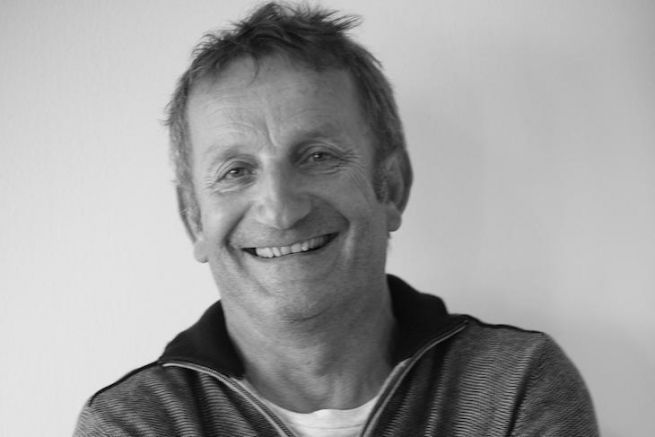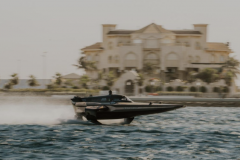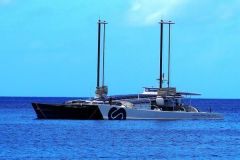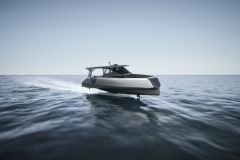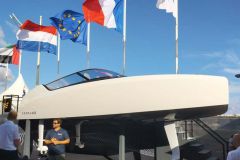Can you tell us about the evolution of foils since 2015?
The foil is a project we started working on for the 2016 Vendée Globe.
In the last Vendée Globe, we designed boats imagining that we could put foils on them. We weren't too sure of the relevance of this choice. We continued to do what we knew how to do, that is, design powerful boats, with hulls made to develop a lot of power, on which we added foils. We first made a first version, then a second one. We spent a year and a half hesitating whether to continue along this path or to return to a more traditional path.
euros the second version of foils, we decided to continue in this way.
What were the differences between these two versions of foils?
With the first version, we learned to fly, but we realized that the foils were not versatile. We had big gains on some points of sail, but negative gains on other points of sail.
With the second version of the foils, we were confident that the foils could be versatile and not penalize the boat too much in certain points of sail.
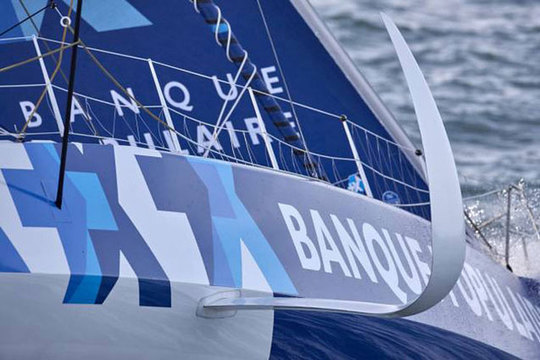
What has the 2016 Vendée Globe changed?
The Vendée Globe has arrived and we have validated the fact that foils are a big winner on traditional IMOCA boats.
So we started thinking about the 2020 Vendée Globe boats, designing the boat around this foil option. This had an impact on the general philosophy of the boat: the shape of the hull, the ballast tanks, but also the foils themselves. We designed the boats around the foils while we were building foils on existing boats. The design took into account the foils from the start.
Why did you choose large foils for Charal? Is it a logical evolution ?
The foil is efficient and it's a real turbo because it reduces the brakes and increases performance. The boat had to foil, with the objective of foiling in medium winds, whereas before we were flying in strong winds.
The objective for Charal was to fly in winds of 13/14 knots. So we made a transition on the foils with more span, more power so that they develop 80% of the weight of the boat. Before, it was more like 60% of the boat's weight.
This is possible because we have a better knowledge of the materials, a feedback on the loads that the foils are able to support thanks to recorders. We accept to take mass and to have foils twice as heavy as before.
When we didn't have foils, we relied on the hull to develop the boat's power and we accepted that we would be limited by the drag. Now, with foils, the approach is to have hulls that have as little drag as possible.
Before, when we designed a hull, we designed it around the weight of the boat. Today, they must be significantly lighter under normal conditions, because the foil takes over from the boat by 50 to 80%. It is no longer just the hull that carries the weight of the boat, but the whole foil + hull + hull.
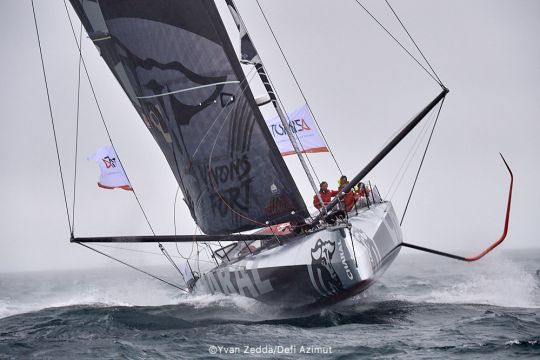
Is Charal an IMOCA of 3 es generations, a "flying" boat?
This is the first IMOCA designed for the 2020 Vendée Globe, with specifications that stipulate that the boat will sail with foils. We can consider that it is a foiler, since the foil was taken into account from the first thoughts on the design. And there will be more afterwards.
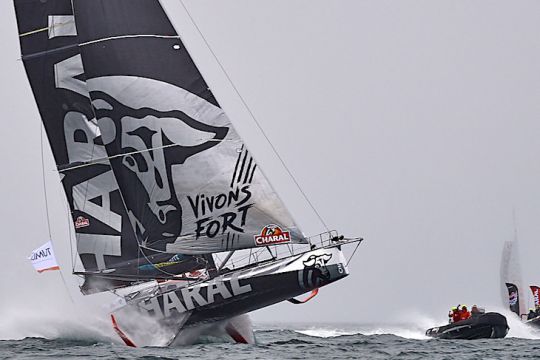
Today, the foil has really found its legitimacy?
This is the physics of sailing, whatever the boat. You have to find the balance between the thrust forces of the sails and the euro propulsion force which opposes all the brakes of the hull in the water and in the air.
With foils, we reduce the brakes by taking the hull out of the water. It is therefore less penalizing in terms of drag. But as the boats go faster, and get out of the water, the drag in the air starts to be more and more important. The faster the boats go, the more important the air drag becomes. Today, we are working to reduce the amount of drag in the air. We are hunting for drag.
Even if we work on reducing the drag in the air, we are not finished with the foils either because they have their own drag. We need to improve the performance of the foils. We are at the beginning of a few years of development to find the foil that will be the most efficient, generate the most positive effect for the least negative effect.

What are the future developments?
Today, especially when we talk about a Vendée Globe boat, we have to respect the rules of measurement. They are restrictive in relation to the foils because we are not allowed to add load-bearing planes on the rudders, which would allow us to balance and lift the boat completely. If we could rely on other planes, it would allow us to fly even more. But today, as the rules forbid it, we will try to adapt in this direction
Do you think that foils are the sure thing in ocean racing and the future of yachting?
I have mixed feelings about the future of sailing. The most important element to have a profitable foil is a boat as light as possible to be able to support it. We cannot dissociate the fact that to extract a boat from the water, it must be light and fast. The efficiency of the foils works with the weight of the boat. If we are talking about heavy boats, the foils will not be efficient, they will drag more than they will lift.
So it's still effective for light boating and light displacements, but for heavy displacements, I have mixed feelings.
After that, you can divert the very function of the foil. In racing, the important thing is the performance factor. We could imagine that in light cruising, we could look for stability, comfort and not only pure performance.
In the same way, my partner Marc has worked a lot on rigid wings, which we discovered on the America's Cup. He took the concept and turned it around to make wings that can be adapted to work and commercial boats. They allow to reduce fuel consumption. It is a detour of what we study and apply in racing, for performance, to different subjects. We can recover other virtues.
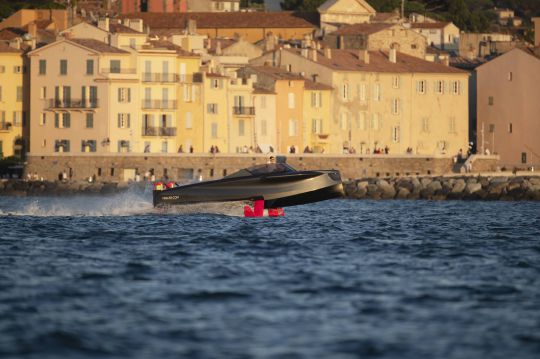
To sum up, the foil is the future?
I think we can't do without foil anymore.
